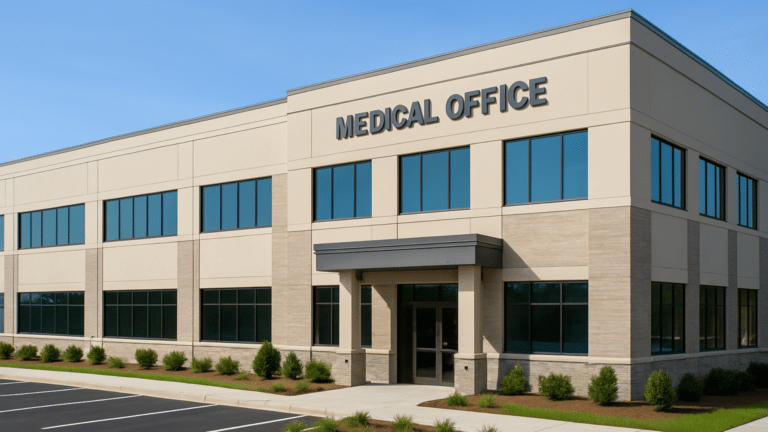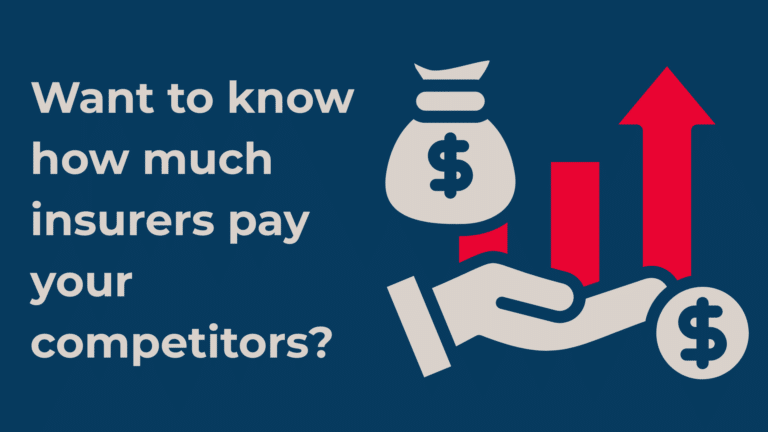Are you sitting on a gold mine?
By Aaron McAdams, Chief Accounting Officer, Calm Waters AI
The data embedded in your practice group or health system is a veritable gold mine. And now a word about gold-mining: Getting the gold is not easy.
In places like California, all the veins that could be removed with picks and shovels and dynamite were extracted 150 years ago. What’s left—and there’s still a lot—is measured in parts per million within the rock formations. It’s gettable, it’s rewarding, and yet, to the naked eye, you’d never even know it was there.
That’s what healthcare data is like, too. Providers are immersed in it. They collect it at every point. The trick is mining all this data in ways that turn it into meaningful, actionable, bottom-line-building information.
Healthcare CFOs like me traditionally spent much of their time looking at and attempting to analyze data. I think of two distinct but related challenges in this task.
First, we can process only so much data in the time we have (especially when you consider a typical CFO’s workload). Reviewing all the information required to complete an analysis necessary for informed management decisions might take a week.
The second and even greater challenge is synthesizing disparate data sets to gain new insights into our operations that we would not otherwise have (or even realized were available).
For example, what might an analysis of our medical office space utilization tell us about optimal staffing levels and how to close the gap between expenses and revenue per visit?
What can patient data reveal about opportunities to minimize not only no-shows but also same-day appointment cancellations, when it’s generally too late to fill an empty slot with another patient?
How can we leverage predictive analytics to attract new patients?
Once, these questions might have seemed hardly more than theoretical. While the information that could point us toward answers is there, like flecks of gold hidden in native rock, we have lacked the time and ability to process and turn this raw material into actionable information.
Now, however, technological advances enable healthcare CFOs to harness the power of big data to address all the hypothetical questions I posed above, plus many more. Instead of performing complex, time-consuming analyses by poring over data, we can generate daily reports that give us immediate insights to guide our decision-making. We can also apply our data in ways we hadn’t foreseen to increase operational efficiencies and financial margins.
These solutions do not involve artificial intelligence. They’re about leveraging our data to augment our own business intelligence and facilitate more informed decision-making.
Supercharging our ability to harness data is also no longer a “nice-to-have” capability. At a time when margins are squeezed, reimbursements are shrinking, labor costs are growing, and payor denials are at an all-time high, we can no longer afford to leave unmined gold buried in our mountains of data.
Aaron McAdams is the Chief Accounting Officer of Calm Waters AI and a former hospital Chief Financial Officer.




